The conference started with "Feng Shui and its Appraisal in Traditional Sinology" Keynote Speech by Prof. Florian Reiter, Professor for Chinese Studies, Humboldt-University, Berlin, Germany. He pointed out that all the information that he presented comes from traditional sources and constitutes widely accepted notions in traditional China.
Second speaker was Peter Jordan, founder of Vital-Office, Germany. Peter Jordan who works in the field of office design since 25 years thereby shared his vision to create a living office space with creative people, joy at work and success for the corporation - a win/win situation between people’s needs and corporate demands. In the first section of his talk he showed the audience in a short visualization, why office design is so important. Due to the long time effect that people stay many hours and many years in the office people's lives are greatly influenced through uplifting or depressing stimuli in the office environment.
How Feng Shui principles can be used to facilitate the design of enriching office environments he presented in the second section. He showed how Qi attraction leads to inspiration and vice versa and that long time balance in offices need complete Feng Shui 5 elements cycle representing a full circle of life's qualities. Furthermore he showed examples of stimulation through ingenious design and how this relates to Feng Shui symbols, dimensions and sacred geometry. And in his last point he explained the importance of basic human needs according to ergonomics and Feng Shui which needed to be addressed first in office planning. He said that Vital-Office experts recheck a planning or an office according to Vital-Office specifications in the first step and work cooperatively with architects and designers on a global base. At the end Vital-Office group completes a designer's job.
Third speaker Dr Michael Paton, University of Sydney, Australia spoke about "Good Fortune or Environmental Harmony?" He discussed the development of Feng Shui theory by consideration of five texts on the topic written in different dynasties. It was found that there seems to be a movement away from empirical observation towards a theory driven approach over time, which had a detrimental effect on Feng Shui as a science.
Fourth speaker Dr Anubhuti Thakur, California State University Northridge, USA spoke about "Feng Shui and its Place in American Interior Design Education". Dr Anubhuti Thakur presented a very interesting study in which she explored perceptions of interior design students in the United States about Feng Shui and its place in the practice and pedagogy of interior design. Thereby several misconceptions about Feng Shui were uncovered and the results indicated that students are misinformed about Feng Shui fundamentals.
About "Fundamentals of Feng Shui Effects on an Occupants’ Health" talked Dr Simona Mainini, Feng Shui for Architecture, California, USA. She presented case studies to the theory presented in the Xuan Kong System as to the direct affects that time of construction and orientation have on a building’s Qi. She also clarified how the theory on the interpretation of the Xuan Kong Chart drafted by the calculation applied to the relationship between the real life of the house’s occupants and their health.
Dr Ellen Van Goethem, Hosei University, Tokyo, Japan talked about "Shijin S and the Site Selection Process of Chinese-style Capitals in Japan". She presented a study concerning the process of site selection of the ancient Chinese-style capitals in Japan – Fujiwara, Nara, Kuni, Naniwa, Nagaoka, and Heian where scholars often refer to the concept of shijin sōō 四神相応, ‘to befit the Four Gods’. According to this geomantic theory, the most favorable site to construct a capital was protected in the cardinal directions by one of Four Gods: the Black Turtle-Snake (genbu 玄武) of the north, the Vermilion Bird (suzaku 朱雀) of the south, the Azure Dragon (seiryū青龍) of the east, and the White Tiger (byakko白虎) of the west. Based on textual study and geographical analysis, she refutes both the presumed antiquity of the shijin sōō concept as well as its uniqueness.
"Feng Shui China: A Documentary about Chinese Feng Shui" presented Prof. Wei Dong, Zhang Yikuan, and Liang Ge, USA & China. He presented a short version of a movie where over 30 active Feng Shui “masters”, professors, practitioners, experts inside China have been interviewed. For the visual reference, the movie team has travelled to many Chinese cities and villages, collecting the most traditional representations of Chinese Feng Shui.
After lunch Prof. Ke-Tsung Han, Head, Department of Landscape Design and Management, National Chin-Yi University of Technology, Tai Chung, Taiwan started with "Feng Shui and Harmony". He presented studies which e.g. proved that the experiment group revealed more significant increase in confidence than the control group after viewing visual stimuli of landscapes with good Feng Shui, Feng Shui demonstrated some positive values for human positive feelings. As results from two questionnaire surveys he showed that the judgments made by Feng Shui experts in terms of the favourability of Feng Shui for selecting actual sites were relatively consistent with no significant differences with respect to gender, occupation, Feng Shui school, and time difference. He said that Feng Shui appears to have some positive values of creating harmony with surroundings, both in those who have visual contact with Feng Shui, and who practice it.
Architect Michael Rapp, Germany spoke about "Building Shaped by Feng Shui: hand-on Approach to Living Design". As a passionate architect he demonstrated two residential house designs to discern how techniques of Feng Shui guide the design process. Also the Feng Shui design looks similar to the original contractor’s proposal. Yet, the inner spirit of the building within its environment has been transformed.
"Feng Shui Criteria for Planning and Design Projects" was presented by Gyda Anders, arqitektur.ac Architects, Germany. She pointed out that the basic assumption and theory of Feng Shui works is the theory about Qi and with this the theory about Yin and Yang. In Feng Shui space is regarded as part of incessantly developing entirety, with potential for development itself. The amount of potential depends on - its capacity to collect and obtain Qi, - the quality and configuration of the Qi-structure of the place, - the interaction with human, earth and heaven, the special vibration of the Qi of this special place in relation to the universal vibration and in relation to the human as inhabitant or observer.
Howard Choy, Feng Shui Architects, Australia spoke about "The San Cai Approach to Feng Shui Analysis and Design". He presented lively a case study of a project in Berlin, Germany, where the original architect’s proposal is contrasted with the student’s alternative schemes to show how the San Cai Methodology work in practice.
"Feng Shui Villages in Hong Kong" was presented by Dr Michael Mak, University of Newcastle, Australia. He presented a case study of Tai Fu Tai Mansion in San Tin region, Northern part of New Territories in Hong Kong. The case study Tai Fu Tai Mansion demonstrated how the Form School principles and practice are applied in Feng Shui villages layout and design. He found out that the direction factor in this case study as well as other famous Feng Shui villages in Hong Kong is different from the ideal Feng Shui model and came to the conclusion that the physical configurations of the surrounding environment are considered more important than the factor of South-facing direction in isolation.
Last speaker Raymond Lo, Professional Feng Shui Researcher and Practitioner, Hong Kong presented "The Year of Ox - Predictions of 2009". He cunningly explained why Feng Shui predictions are not superstitious nonsense and explained the logical base: The unique feature of the Chinese calendar is that all information about time – year, month, day and hour are presented in terms of the five basic elements – metal, water, wood, fire and earth, which are believed to be the basic components of everything in the Universe. The relationship between the five elements accurately helps one predict what is to come by way of one’s fortunes and thus, one can by using this knowledge, multiply the good luck or minimize the bad luck in one’s life.
The conference was closed by Dr Albert So, Chair of Organizing Committee. Next morning we came together for Feng Shui Study Tour to IFC Tower and Central and Beverly Hills, Tai Po where we got interesting insights in business and residential developements in Hong Kong.
The 2009 Proceedings Preliminaries including an order form of the proceedings CD with full papers of the 2009 conference presenters can be downloaded here: 4th_ICSFSBE_Proceedings_2009/2009_Proceedings_Preliminaries.pdf. Also in this form is offered a book which comprise papers from previous conferences on scientific Feng Shui. So if you want the 2009 papers too you must order the 2009 proceedings CD. Enquiries and orders are to be sent to: Mr. Wilson Suen; Email: This email address is being protected from spambots. You need JavaScript enabled to view it.; Tel: (852) 2788 7149; Fax: (852) 2784 4176; Correspondence address: Department of Building & Construction, City University of Hong Kong, Tat Chee Avenue, Kowloon, Hong Kong.
Link to ERGONOMA journal April 2009 French and English








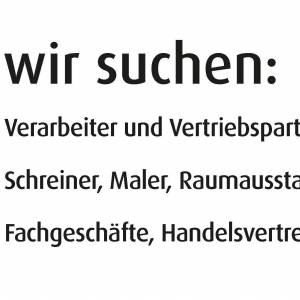 /a>
/a>
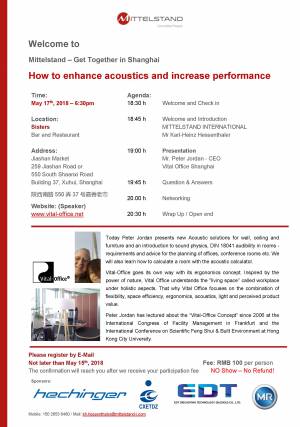 /a>
/a>
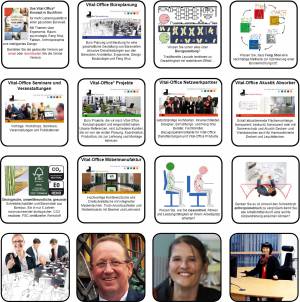 /a>
/a>
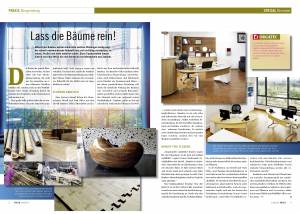 /a>
/a>
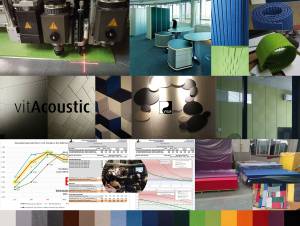 /a>
/a>
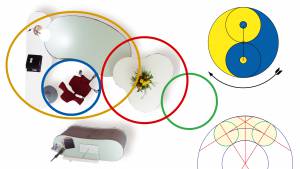 /a>
/a>
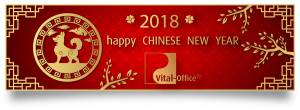 /a>
/a>
 /a>
/a>
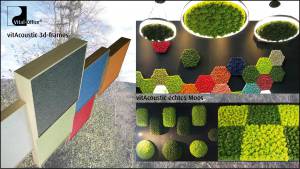 /a>
/a>
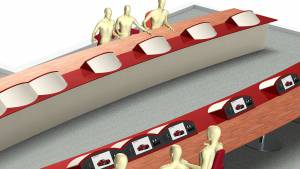 /a>
/a>
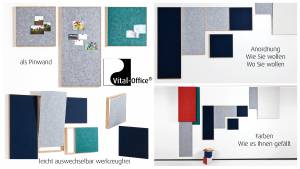 /a>
/a>
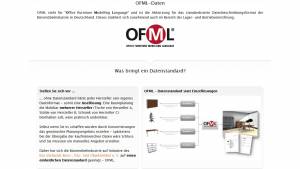 /a>
/a>
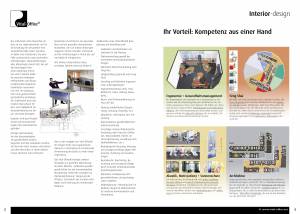 /a>
/a>
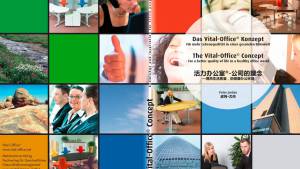 /a>
/a>
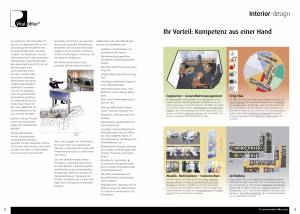 /a>
/a>
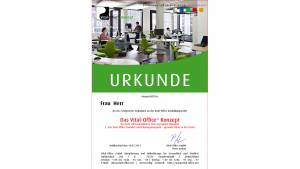 /a>
/a>
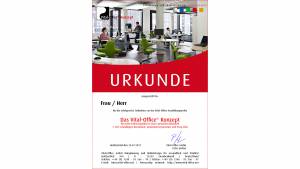 /a>
/a>
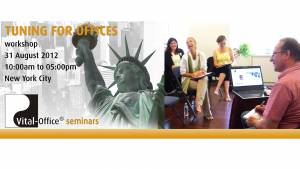 /a>
/a>
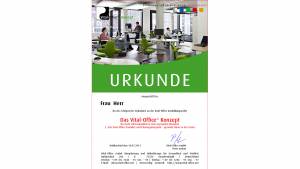 /a>
/a>
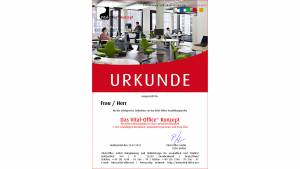 /a>
/a>
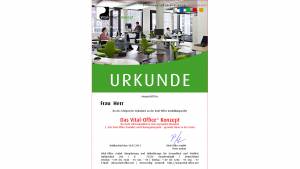 /a>
/a>
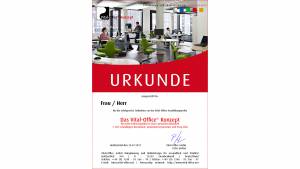 /a>
/a>
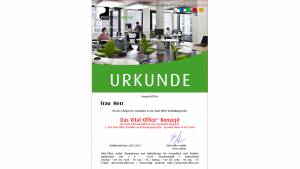 /a>
/a>
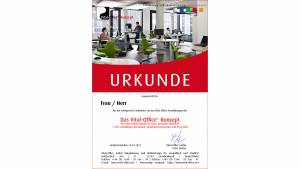 /a>
/a>
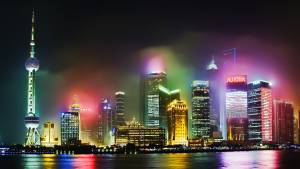 /a>
/a>
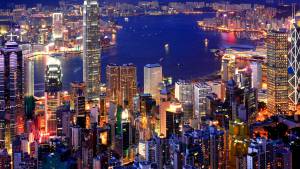 /a>
/a>
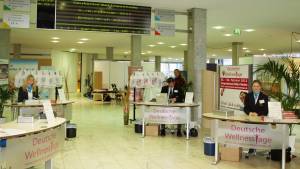 /a>
/a>
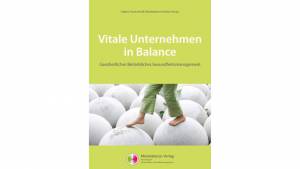 /a>
/a>
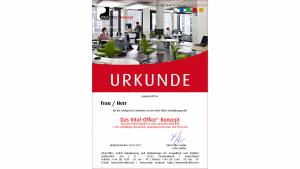 /a>
/a>
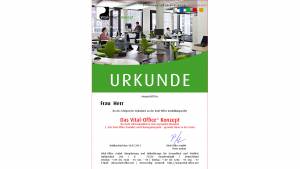 /a>
/a>
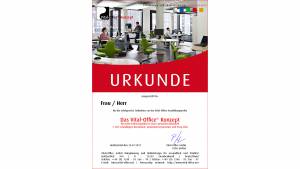 /a>
/a>
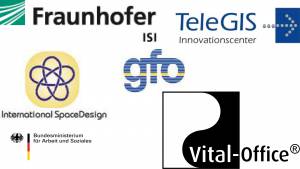 /a>
/a>
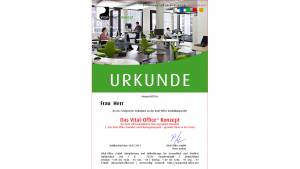 /a>
/a>
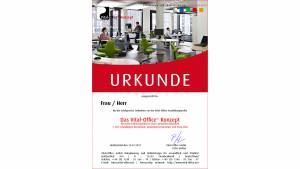 /a>
/a>
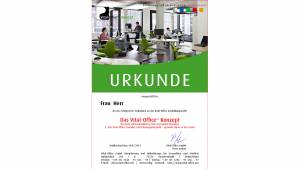 /a>
/a>






